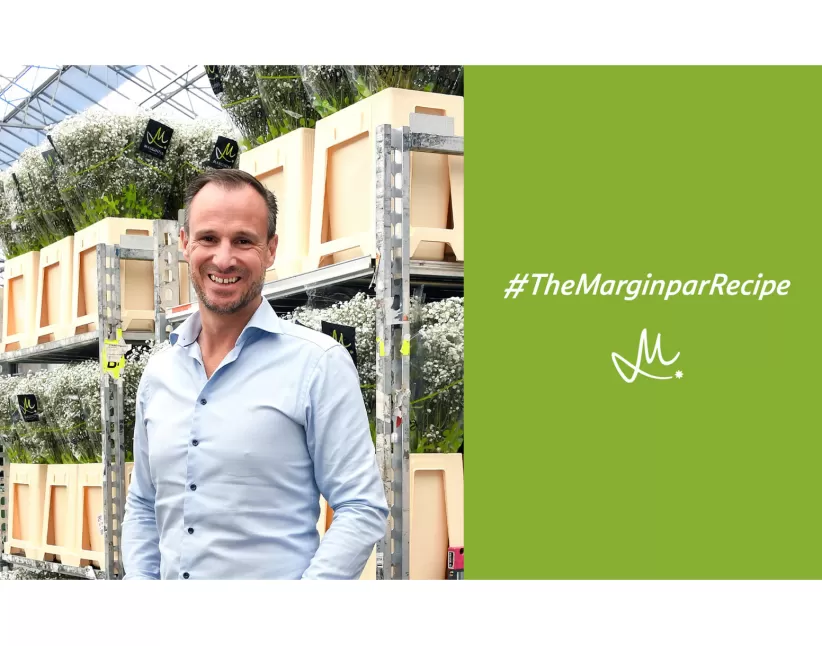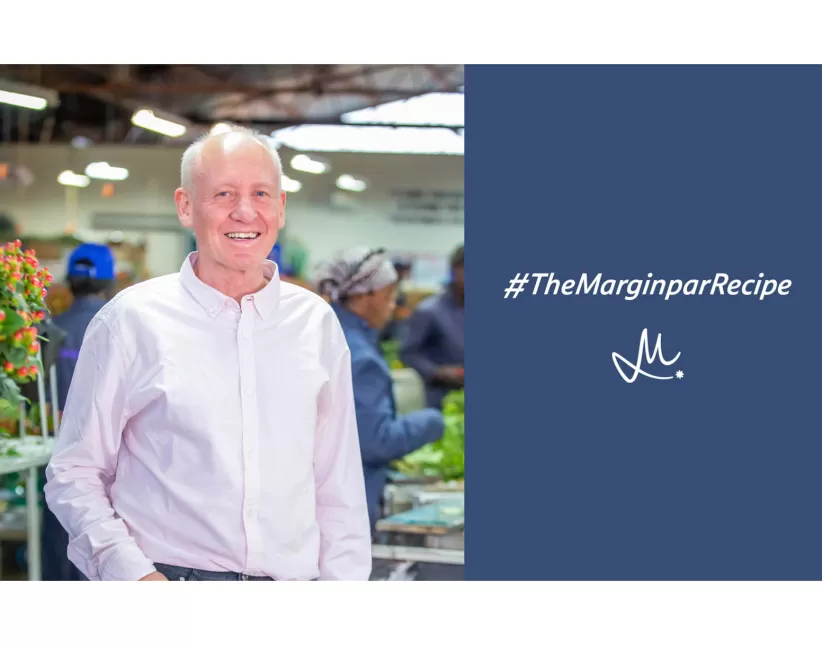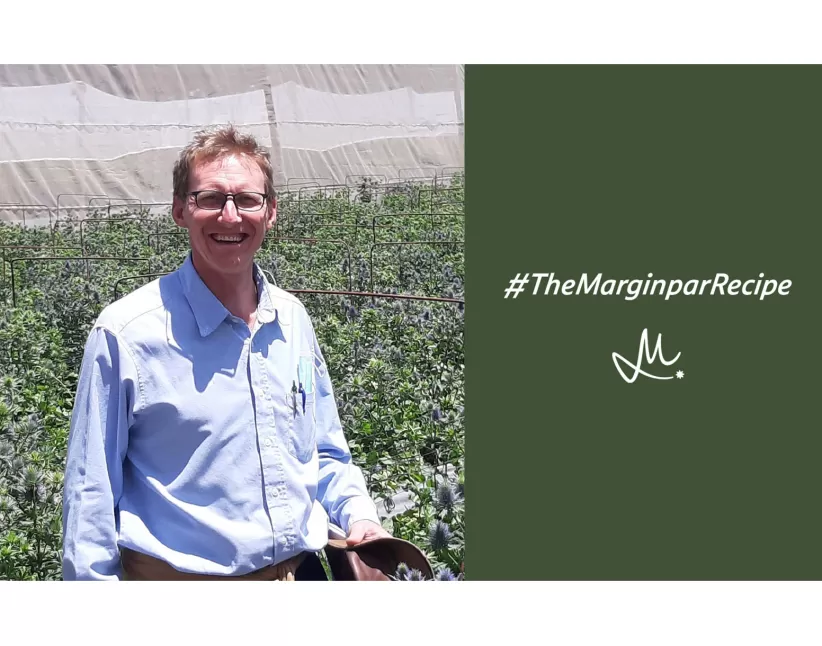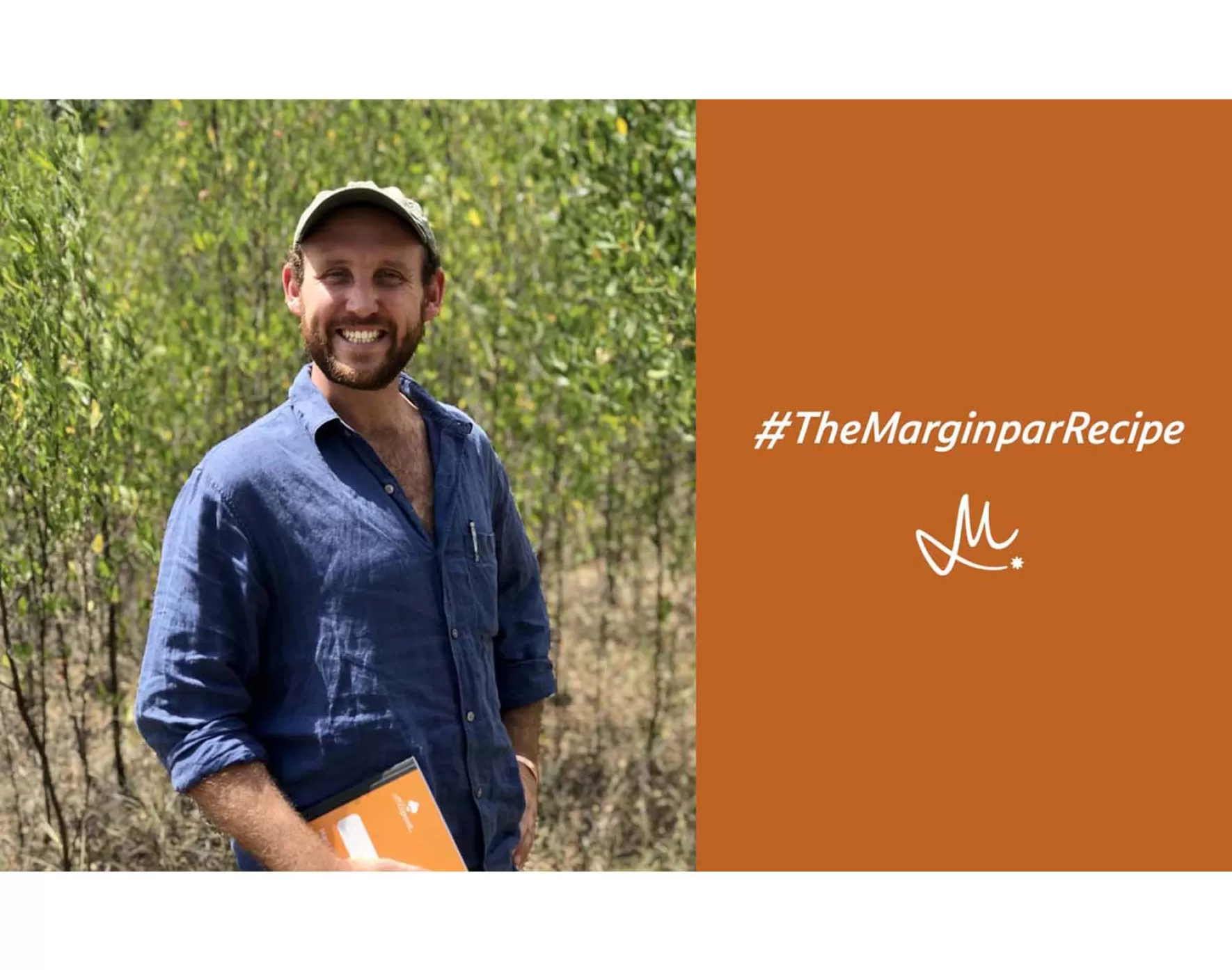
Colin Fernandes - A true team effort with our breeders
Colin Fernandes (27) joined Marginpar in 2019 and manages the trial sites in Kenya and Ethiopia.
At these trial sites, new varieties are tested and a ‘growing manual’ is developed. Before Colin started, each farm had their own small trial area, but that did not turn out to work very well. Colin: “My job is to organize the trials and get as many of them in a central location. At the moment, my main focus is on the trial site in Kenya, which is located at the Carzan KS farm in the Nakuru region. This started as a green field site which we had to get up and running by putting together a team and better infrastructure. We now have a team of 18 value adders that run the trial site day to day, independently from the commercial farms, and I offer them support on a daily basis.”
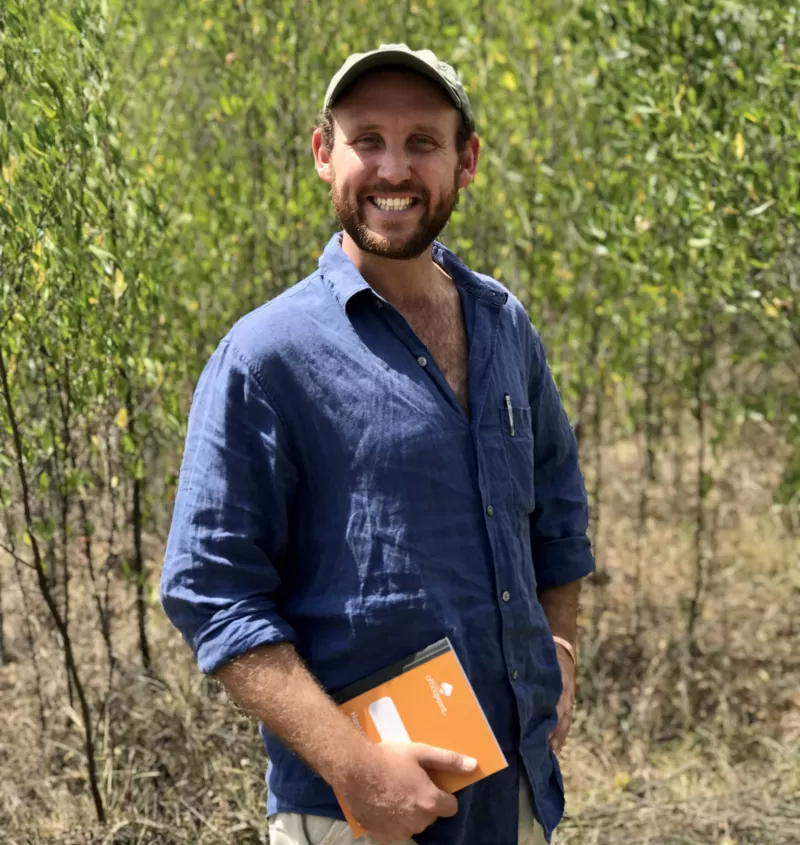
Team effort
A big part of the job is keeping breeders happy. Colin: “We are working with about 30 breeders, and 45 crops. This is over 700 varieties. Anything we learn from the trials we share back with our breeders, who in turn share a lot of information as well.
”It is a real team effort between us and the breeders.
We keep them updated on a regular basis and welcome them to the site too, if they like to visit. Something which has recently really been helping us in the communication with the breeders is an app called ‘Plant Scout’. With a phone or tablet we make observations on crop performance which gets uploaded on the app. This data is compiled in a monthly report which is shared with the breeders. This way they have all trial data, including photos, in one area. When we are struggling with a trial, the breeder might recognize something he has seen before and knows what to do about it. We rely a lot on their support.”
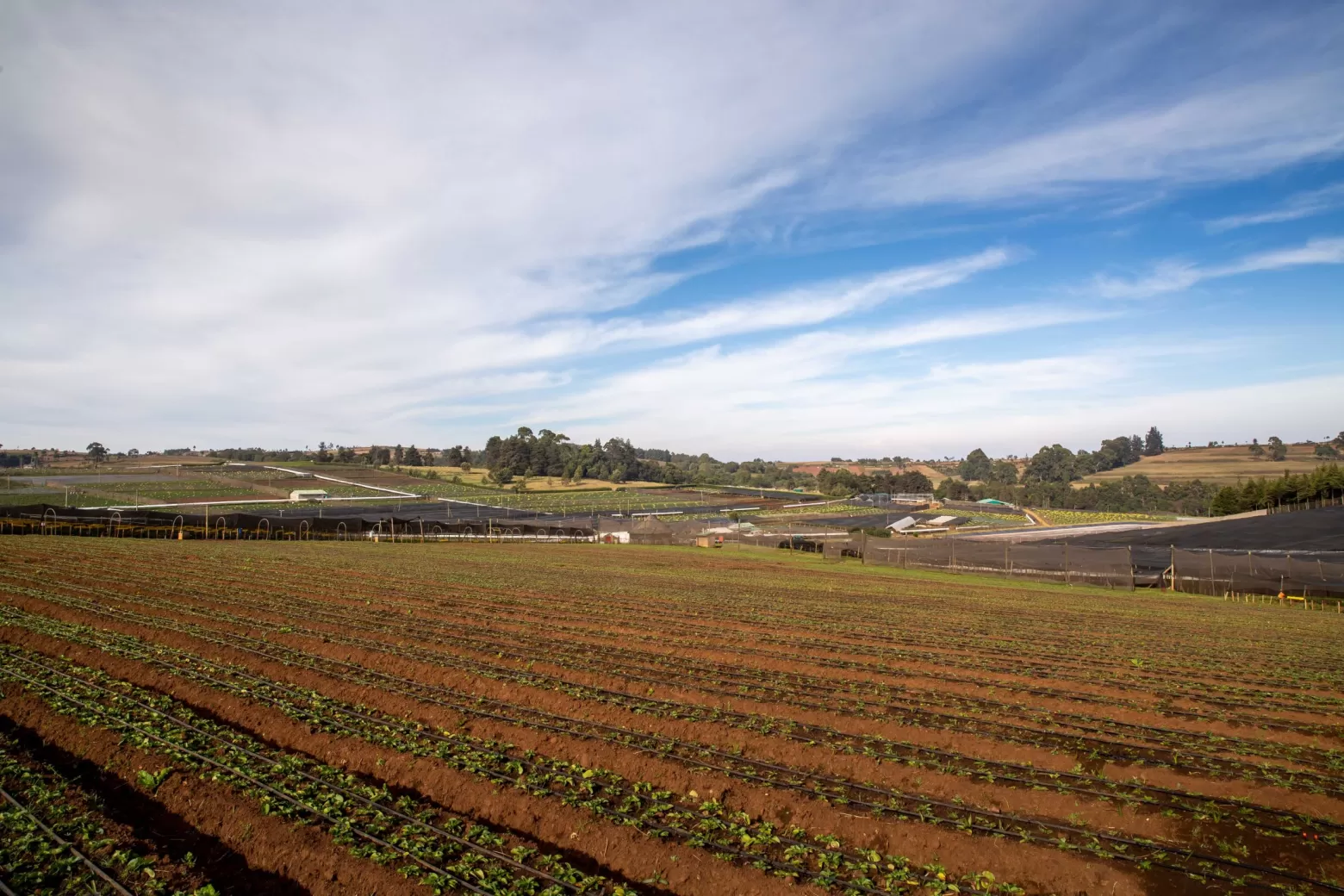
Perseverance
Some crops can take up to 15 years to develop, some take only a year. Colin: “During this time you are gathering information and testing out different ‘recipes’ to grow the crop. Once you are happy with it you hand it over to the commercial team along with a “growing manual” to bring it into production. We (the trial team) assist in the beginning, but once the commercial teams are confident, they take it forward. It is so exciting when this happens; it is very rewarding for the team. When you have put a lot of time and effort into that trial and it gets to go commercial, that is a big accomplishment.”
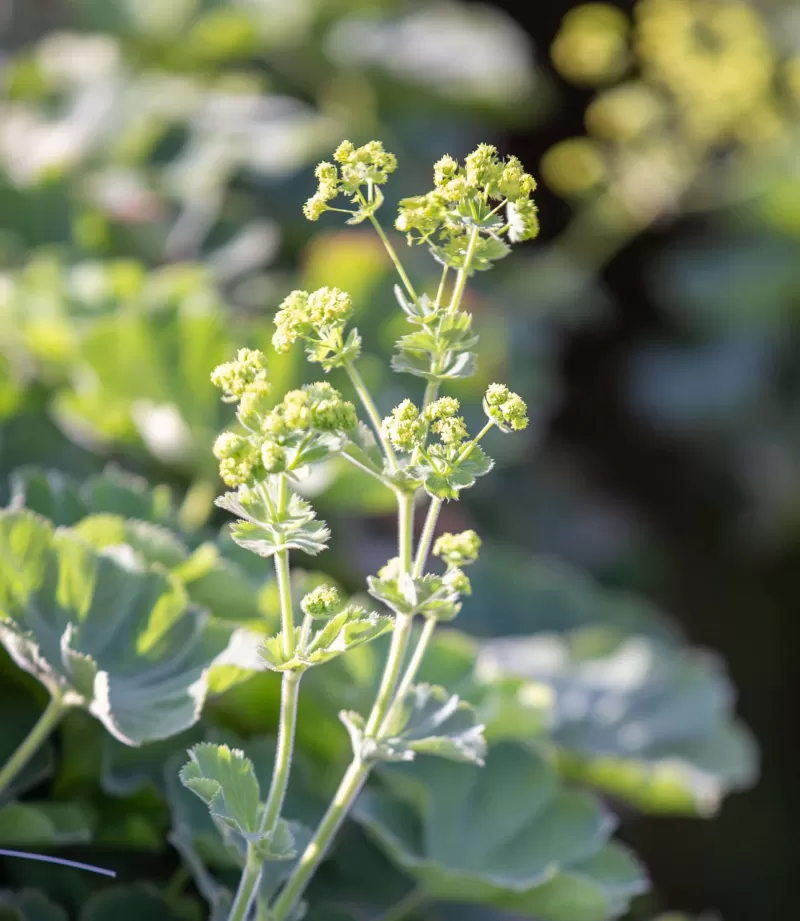
Colin: “Some of the base characteristics we test for are length, vase life and disease susceptibility. In addition, we look at productivity and the types of cultural activity it takes to grow the crop. Some crops flower very easily, but others might be more challenging and need more work. This, and the number of flushes it gives (the amount of harvests you get in a year), is very important in the consideration to continue developing or finetuning the recipe or to decide that this variety is not going to make it to our assortment.”
When to let go
Colin: “Ending a trial is a hard decision to make. It might just need that one thing to suddenly change everything. If you give up you will never know. However, sometimes it is the best thing to do. For instance, when we send a sample to the Netherlands and it turns out not to be what the market is looking for, or a product is not niche enough, not exciting enough for our trendsetting range. The market seems to like the challenging flowers the most. If a product is easy to grow everyone would be doing it. If you work out how to grow the crops that take the most time and effort to understand, you could end up be the only one producing the crop in the market."
”Putting so much effort into developing new products with the support of an amazing team, and seeing it flourish, makes this a very exciting job for me.

Our future
Even though we usually only get to commercialize one, maybe two new products a year, we need to keep testing new products because we want to trendset the market. Colin: “If we stop and get complacent with what we have, we are going to get overtaken by competitors. We are quickly moving ahead with new products and innovations and have a lot of new people joining the team. With our dedicated trial team, we can continue to grow and introduce more exciting products to the Marginpar basket.”
Next time
#TheMarginparRecipe is taking a summer break. We will be back with more stories in September!

